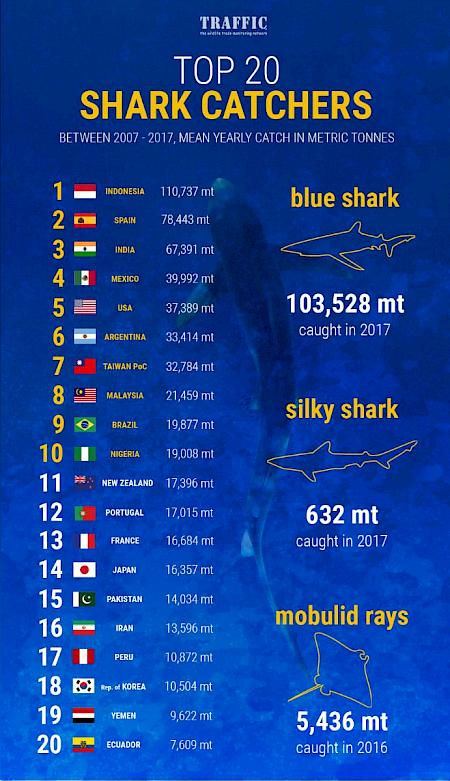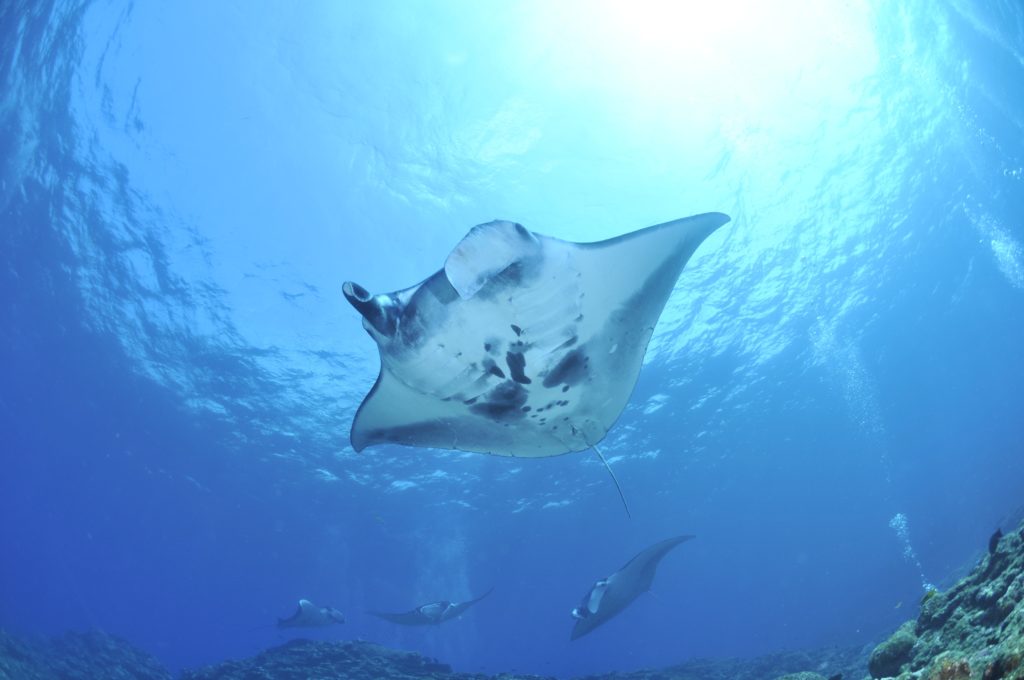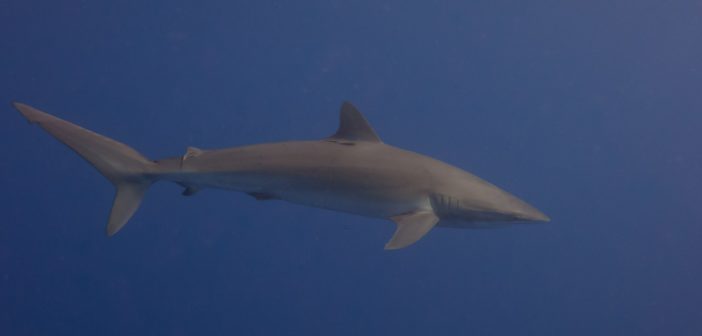A TRAFFIC study released this month has identified the world’s top 20 shark and ray catchers and traders, who collectively account for some 80% of global reported catch averaged by year between 2007–2017.
Commercial and artisanal vessels from Indonesia, Spain, India, Mexico, and the United States topped the list of catchers during the studied time period, with a combined total of 333,952 metric tonnes (mt) caught on average each year.
Consumption of shark fins, which are traditionally eaten as a soup during celebratory occasions in East Asia, is a key driver of trade. An average of 16,177 mt per year of shark fin products (with an average value of 294 million US dollars per year) were reported as imported worldwide during 2000–2016.
The world’s four largest importers of shark fin accounted for 90% of average annual global imports of fins during the same period. Hong Kong SAR (Special Administrative Region) was the largest, importing an average of 9,069 mt of shark fin a year over this period, followed by Malaysia (average 2,556 mt/year), mainland China (1,868 mt/year), and Singapore (1,587 mt/year).

The main importers of shark and ray meat were Brazil, Spain, Uruguay, and Italy, which accounted for 57% of the average global imports of shark meat over the past decade.
Sharks are particularly vulnerable to over-fishing due to their slow growth, relatively late age of maturity, and low rate of reproduction. Their broad distribution and migratory nature also pose increased difficulties when designing and implementing effective measures to prevent over-exploitation.
These challenges are evident from alarming declines observed across a broad range of species. Approximately 17% of shark and rays remain listed in the critically endangered, endangered, and vulnerable categories of the International Union for Conservation of Nature’s (IUCN) Red List, with a further 13% listed as near threatened, and 47% as data deficient.
Only 23% of shark and ray species are considered to be of least concern – the lowest proportion of all vertebrate species.

“Urgent measures are required to combat the over-exploitation and lack of accurate catch and trade information of sharks and rays. As key high order predators, the continued wellbeing of these populations is essential to the overall health of our oceans. We need the main catchers to take responsibility and put in place monitoring and management measures to stop further declines of sharks and rays.”
Nicola Okes, co-author of the report.
The release of An overview of major shark traders, catchers, and species follows the successful listing of Longfin and Shortfin Mako Sharks in Convention on International Trade in Endangered Species of Wild Fauna and Flora (CITES) Appendix II at the 18th Conference of the Parties held in Geneva last month. The proposals were accepted in response to population declines contributed to by over-exploitation and unsustainable trade.
A number of species protected under CITES regulations are assessed in the report, including the silky shark (Carcharhinus falciformis) and mobulid ray (family Mobulidae). Blue Sharks (Prionace glauca) are unprotected by CITES, despite the fact that in 2017 alone, over 103,528 mt of Blue Shark were reported as caught.

“We have seen a greater use of trade controls through CITES over the last decade as a response to declines in sharks and rays being overfished for trade. We would also like to see major importers scrutinising the sustainability of the shark and ray products they import using tools such as M-Risk, developed by TRAFFIC. Major importers need to take responsibility for their sustainability footprint as a result of importing products from species at high risk of overexploitation,” said Glenn Sant, TRAFFIC’s Senior Advisor on Fisheries Trade and Traceability.
A total of 153 shark species and a further 28 taxonomic groupings of shark, ray, and chimaera species were recorded as caught by international fisheries worldwide. The majority of catches of sharks and rays are recorded in general shark groups and not to species level when reported to the Food and Agricultural Organization (FAO) of the United Nations (UN).
This lack of species specificity in reporting is one of the many problems facing the conservation of sharks and rays as, without accurate information, it hampers identifying those species in decline and whether management measures in place to restrict catches and trade are being adhered to.

“A key obstacle to the implementation of sustainable trade is the current lack of a universal traceability mechanism so we know how many sharks are being caught and whether those in trade are from sustainable and legal sources,” said Sant.
“Shark product traceability systems, such as the one being trialled by TRAFFIC through a project entitled SharkTrack, alongside the amendment of trade codes to include species specificity, would make significant inroads into safeguarding sharks and rays from the current threats they face.”
Download the entire report here.
Featured image: a silky shark, a species threatened by fishing. Image credit Kris-Mikael Krister, CC BY-SA 2.0.





